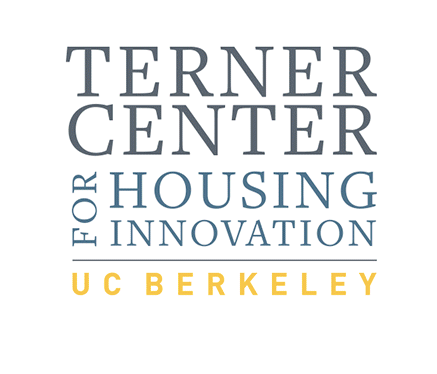Berkeley Study: Cost Per Unit Goes Up Because of Rules, Regulations
As I’ve pointed out already, non-profit housing producers get stomping mad when I point out the cost per unit of their product. They say, “It doesn’t work like that!” And whenever I point out the fact that rules, regulations, fees, and process overreach adds to the price of housing, I often get, “Oh, you just want to get rid of all the rules so profits go up!” or something like that. Well, the Terner Center for Housing Innovation and the University of California, Berkeley, has a study out now that just squashed both of these responses in one, sweet paragraph:
These construction costs contribute directly to San Francisco’s affordability crisis, and increase the amount of subsidy needed to make affordable housing feasible. To provide just one example from a review of LIHTC cost certifications, in 2000, it cost approximately $265,000 per unit to build a 100-unit affordable housing building for families in the city, accounting for inflation. In 2016, a similar sized family building cost closer to $425,000 per unit, not taking into account other development costs (such as fees or the costs of capital) or changes in land values over this time period. As a result of these cost increases, developers need more subsidy for every unit, at a time when public resources for affordable housing have been dwindling.
As much as the non-profits want to shake it, the way almost everyone in their world and the market rate world measures the cost of a project is by cost per unit. The units are the square footage the has to generate revenue to cover the cost of the whole project, not corridors or parking lots or retail space. Those square footages obviously are part of the overall cost, but a housing project is measured by the end result, housing. And the degree to which a non-profit project can discount its per unit costs for amenities means so could a market rate project in a comparison. Market rate projects have amenities like work out rooms and public space too, and the often have parking. It’s just silly and dishonest to point to those things and say, “Yeah, but it has a computer room!” when defending the huge costs of non-profit affordable housing.
Also, the study confirms what every builder, developer, architect, and lender knows already: rules and regulations and uncertain process drive up costs and slow production. For non-profits, that means their ability to produce units is hampered because they can only raise rents so high. When their costs go up they ask for more money, when market rate producers have their costs rise, they raise rents. It’s that simple, no regulation comes for free our out of profits, it comes out of subsidies from tax payers or rents paid by consumers.


